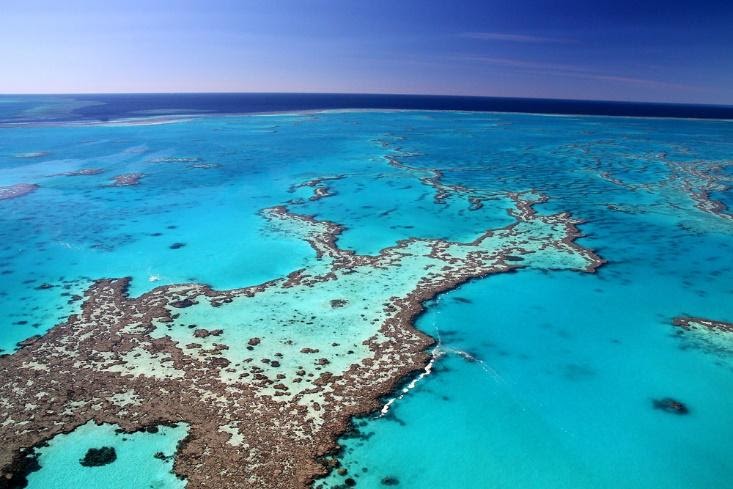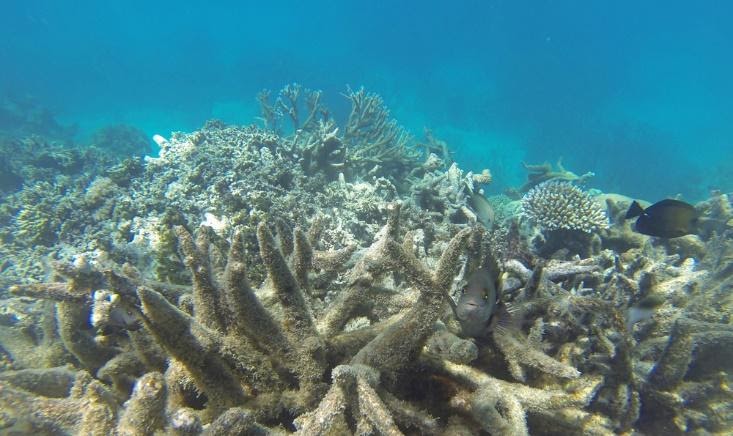Climate change, or global warming as some inaccurately call it, has taken its toll on many landmarks we have come to know and visit and love. However, if we are not careful about slowing down the effects of climate change – like the loss of sea ice, rising sea levels, extreme weather events, increased drought and wildfires – many of these landmarks may cease to exist before our children’s time.
Here are just 5 of the many places that are now at risk.
The Great Barrier Reef, Australia
Just off the northeastern coast of Australia lies the Great Barrier Reef, one of the seven natural wonders of the world and the world’s largest coral system. Stretching over 2,600km and visible from space, it is home to over 30 species of whales, dolphins and porpoises, and more than 1,500 species of fish.
However, warmer ocean temperatures have led to coral bleaching, where corals get stressed, expel zooxanthellae which provides them with food, turns white, then becomes vulnerable to coral diseases and could die. Nearly half of the reef system has experienced bleaching after a mass coral bleaching event in 2002.
While corals can recover from bleaching events when conditions return to normal, it takes decades for them to do so.
The Dead Sea
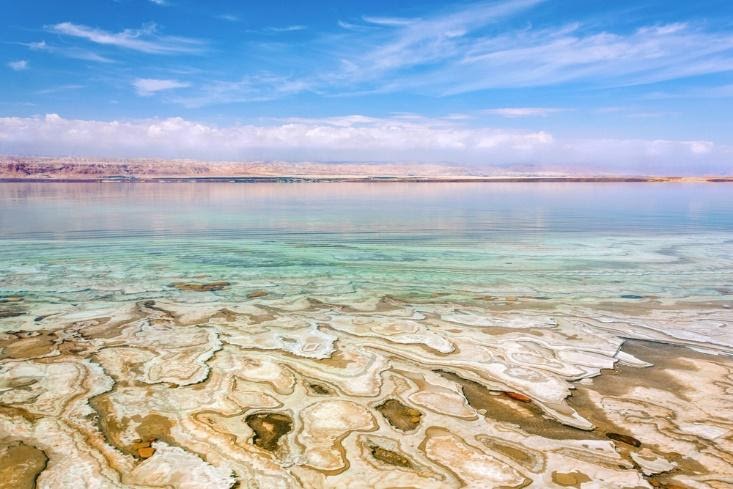
Famous for its high salt levels and images of revellers reading books while floating in its waters, the Dead Sea may be no more by 2050. It is said to be shrinking by nearly 4 feet annually, and is already a third smaller than at the start of the century.
Part of the problem lies in the diversion of its main water source for agricultural and domestic uses, and the increasing temperatures in the Middle East.
The Amazon
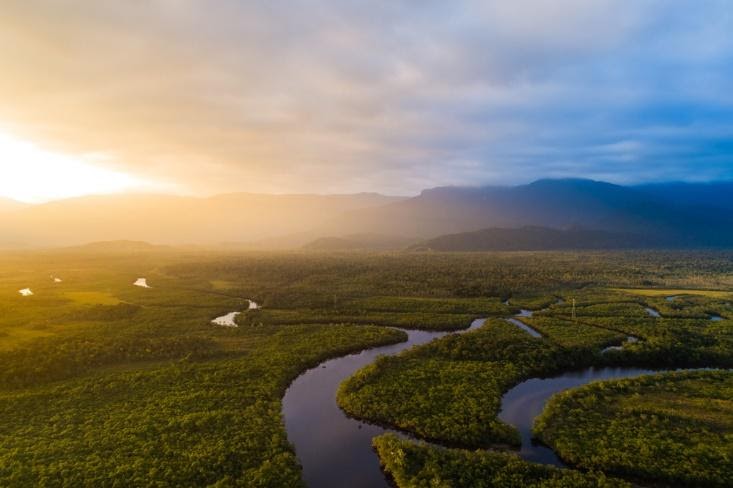
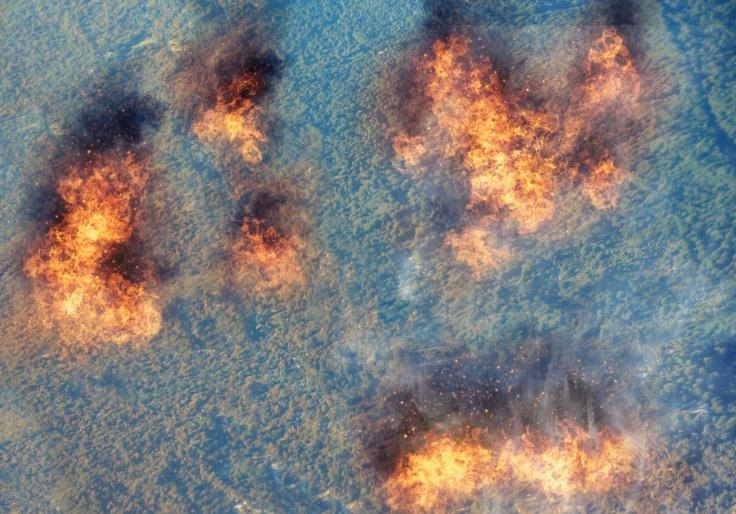
The Amazon rainforest is the largest rainforest in the world, and is home to over 16,000 tree species. The Amazon River is also the world’s largest river by volume, and the second longest after the Nile.
However, deforestation and extreme dry weather conditions have made it susceptible to forest fires, including the surge in fires seen in 2019. That is concerning about, as the Amazon is the world’s largest terrestrial carbon dioxide sink and is essential to reducing global warming.
What’s more, according to NASA, nearly half of the forest’s rainfall is created by the forest itself, so severe droughts would disproportionately reduce rainfall and increase the length of its dry season. If such droughts as those seen in 2005, 2010 and 2015, become more frequent, the Amazon could become a dry tropical forest, instead of a rainforest.
Alaska
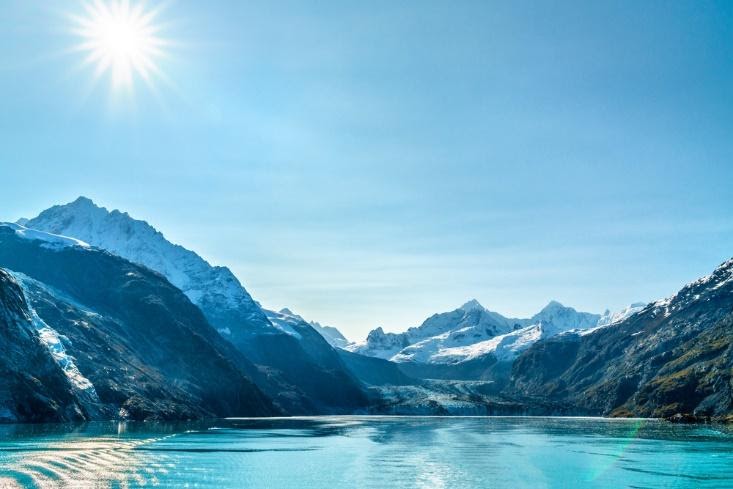
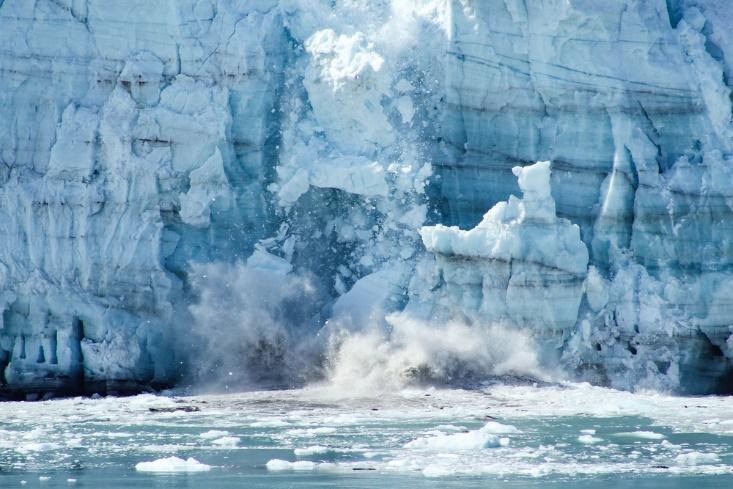
Alaska, the last frontier, is home to over 100,000 glaciers and 17 of the 20 highest peaks in the United States. Yet climate change is rapidly changing its landscape. Alaska has been warming twice as fast as the global average since the middle of the 20th century and is warming faster than any other US state.
Wildfires over the past decade have also destroyed more of Alaska’s forest than in any previous decade. According to the Alaska division of Forestry, 6 of the 15 big fire years that occurred over the last 80 years – where more than 2 million acres were burned in a single fire season – were after the year 2000.
The National Climate Assessment also stated that the acreage burned in Alaskan wildfires is expected to double by 2050 and triple by 2100.
Venice, Italy
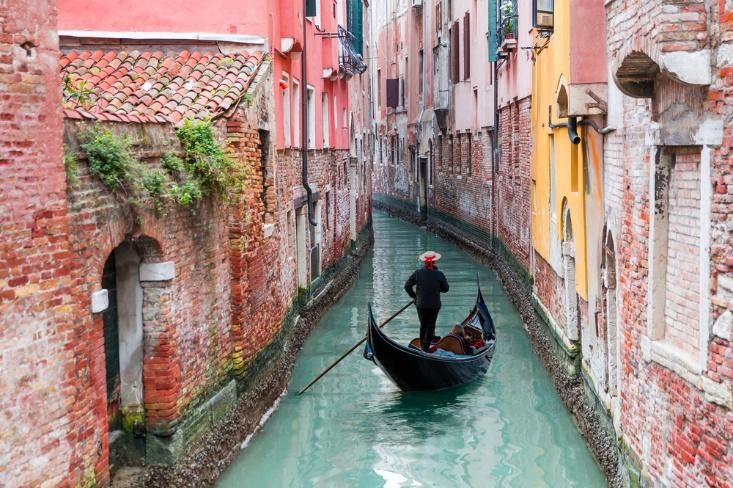
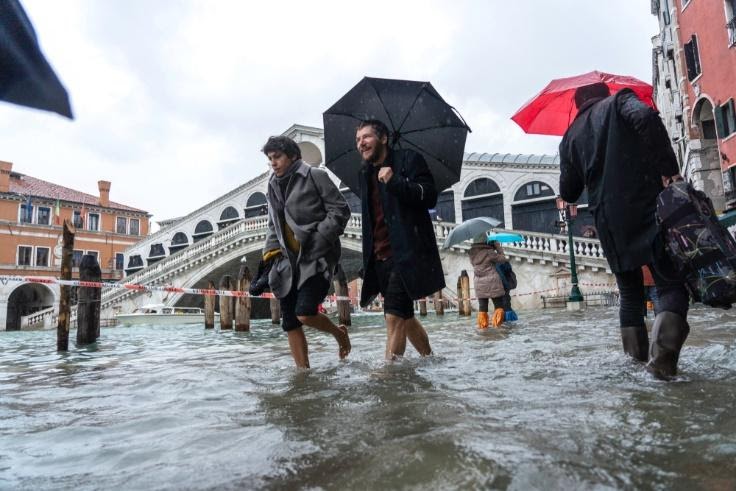
Venice is well known for its gondolas and waterways, but the existence of the low-lying city has come under threat with rising ocean levels.
Flooding has been increasingly frequent in parts of the city, including the flooding in 2019 caused by the highest tides recorded since the 1960s.
Combined with problems of corruption and over-tourism, the problem of rising sea levels looks set to continue being a problem without a solution for years to come.
What can we do?
Greenhouse gases are the biggest culprits contributing to global warming. Here are some ways we can make a difference by reducing our greenhouse gas emissions.
- Plant a tree
We can help to plant more trees, or support organisations who do so. Trees help to remove carbon dioxide from the atmosphere, so reforestation can help to reverse global warming. As consumers, we can also help by reducing our reliance on paper products and in turn reduce the number of trees cut down for it. - Reduce unnecessary use of air conditioning
The refrigerant in older air conditioners contain Chlorofluorocarbons (CFC), a potent greenhouse gas, so choose CFC-free air conditioners. On top of that, minimising your use of air-conditioning may warm you up, but help cool the planet down. Choose to set the temperature of your air conditioning to a more moderate temperate like 25 deg C in Singapore, instead of turning your home into the Arctic. - Take public transport, cycle or drive electric/hybrid cars
Cars are some of the biggest emitters of greenhouse gases, so choose environmentally friendly options like cycling, taking public transport, car pooling, or driving an electric car or a hybrid car. - Eat less meat
Meat production is a huge source of methane gas – another potent greenhouse gas, so reduce your meat consumption, eat meat alternatives, have meat free days, or cut meat out of your diet completely. - Reduce your electricity usage
Greenhouse gases like carbon dioxide, and nitrous oxide are emitted when fossil fuels like coal, oil and natural gas are burned for electricity production. Saving electricity by turning off all lights, fans and appliances when not in use, can save you money and the planet.
This article is sponsored by OrangeTee & Tie. At OrangeTee & Tie, we have embraced sustainability as a crucial and indispensable part of our business growth. We are building a sustainable business for a sustainable world.


